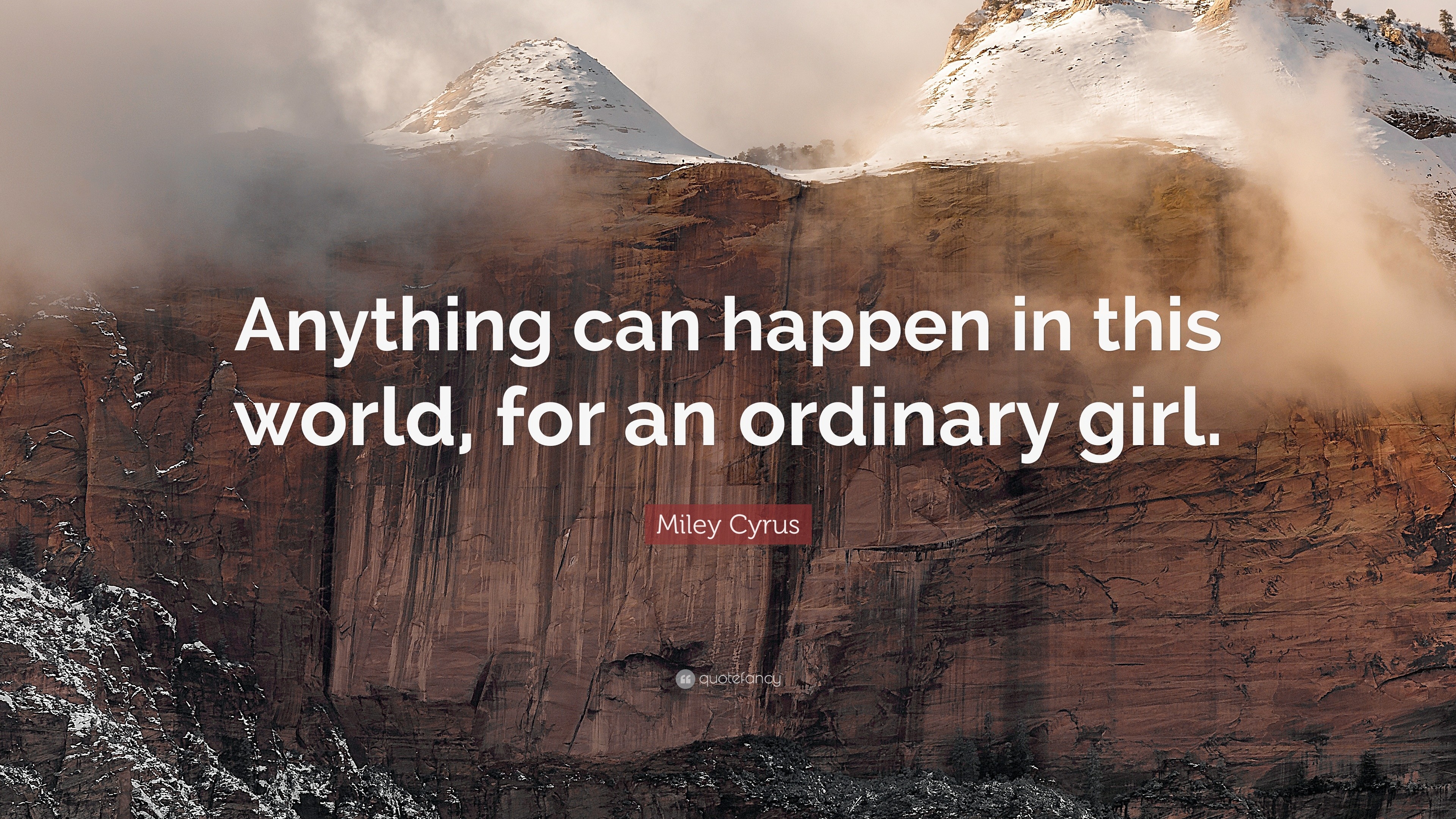
Harry Potter is an orphan, and Katniss has to play the parental role to her own mother. Think about it: How many heroes do you know of whose parents are either missing, dead, or nonexistent? Orphans abound in heroic journeys. It makes the reader care about the hero, before that hero is sent on their long journey.Īnother notable trope of this step is a lack of proper parents. Why? Because it gives the reader good reason to imagine themselves in the hero's shoes. It's the perfect beginning to a heroic story. Start your storyline with a protagonist with simple wants and relatable needs. Yes, they both have something interesting about them (Harry's scar, Katniss's hunting skill), but neither of these things are earth-shattering. Think about how simple or average Harry Potter and Katniss Everdeen are-at least at first. He or she isn't a hero at first because nothing heroic has been required…yet. Your Hero, the Average JoeĮvery story begins with an “Average Joe.” They are someone you could be, or could have a close relationship with. When your story includes these five features, it's likely that your reader will connect with your story's hero, and understand why they are extraordinarily challenged after being forced to depart from this world. Some of these are essentials, while others aren't necessarily essential, but are common in the vast majority of Hero's Journey stories you'll encounter. Let's take a look at the elements of the Ordinary World. There are five common features that happen in the ordinary world.

The first step of the Hero's Journey involves establishing your hero's day-to-day ordinary life, all so it can be disrupted by the impending Inciting Incident.

In Vogler's simplification of Campbell's theory, there are twelve steps to the Hero's Journey (I cover each one in-depth in a detailed Hero's Journey blog series, this article being one of those special articles). If you're curious, his most notable credit is a film that makes explicit use of the Hero's Journey: The Lion King. We have Hollywood screenwriter and executive Christopher Vogler to thank for our condensed version of the Hero's Journey. Let's take a look at the beginning: The Ordinary World. Today, I'd like to take you even further into the first of those steps. You can learn all about the twelve steps that make up the universal structure of great stories in this article. It is a storytelling structure that anyone can study and utilize to tell a story that readers will love. The Hero's Journey is a timeless combination of characters, events, and symbols frequently structured as a sequence of twelve steps. This successful record is so long, in fact, that we don't know when it started.Īnd it all begins with a person living an ordinary life. Thankfully this structure has a proven track record of success. Decades ago, these two storytelling experts identified several common trends that appear in great works from every generation and every culture.

In storytelling, the hero's journey has to do with the stages of the hero as researched by Joseph Campbell and Christopher Vogler. How can you leverage this world and the hero's journey in your own writing? But before any hero can embark on their journey, they must start in the ordinary world. From The Odyssey to Star Wars to Toy Story, the Hero's Journey is the foundation of millennia of storytelling.


 0 kommentar(er)
0 kommentar(er)
